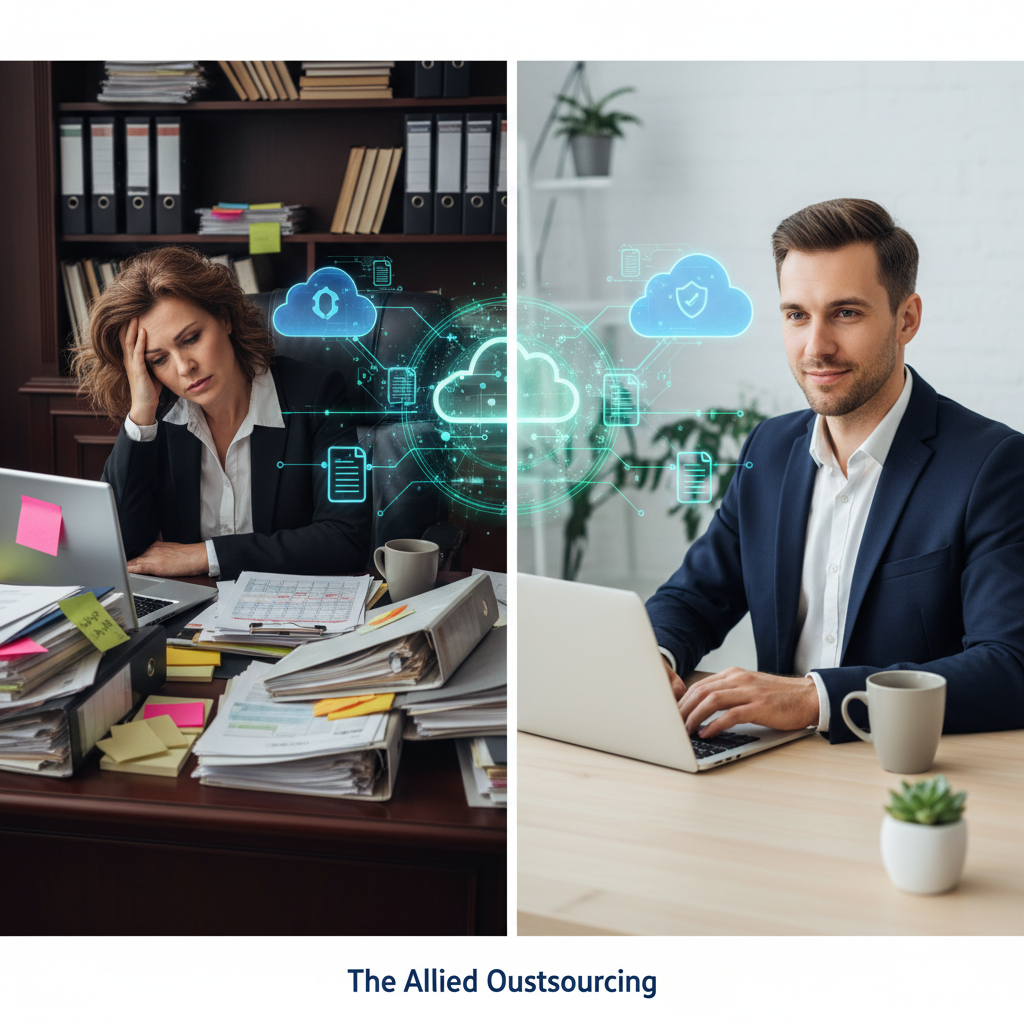- Resources
- Navigating Responsibility: How to Assess Liability in Slip and Fall Cases
Navigating Responsibility: How to Assess Liability in Slip and Fall Cases
May 28, 2024
In personal injury law, slip-and-fall cases present unique difficulties for plaintiffs and defendants. As discussed in our previous blog, “Building a Solid Foundation: Effective Ways to Gather Evidence in Personal Injury Cases,” collecting convincing evidence is crucial for triumph in litigation.
Now, let’s delve into the detailed procedure of evaluating liability in slip-and-fall cases and how comprehensive evidence collection plays a crucial role in determining liability.
Establishing Duty of Care:
In slip and fall cases, the initial phase in evaluating liability is establishing the defendant’s duty of care. Land possessors and occupants are legally obligated to securely uphold their premises and notify visitors of any recognized dangers. Lawyers must meticulously examine the accident’s circumstances to ascertain whether the defendant violated his duty of care by neglecting to tackle risky situations or offering sufficient warnings.
Just as efficient evidence collection forms the groundwork for a robust case, evaluating liability in slip and fall incidents necessitates exhaustive documentation of the conditions at the incident site. By collecting images, witness statements, and incident summaries, lawyers can construct a convincing argument to confirm the defendant’s duty of care and prove their inability to meet it.
Proving Negligence:
Once the duty of care has been established, the plaintiff must prove that the defendant’s negligence directly led to the slip and fall incident. This usually entails demonstrating that the accused knew or ought to have known about the dangerous circumstance and chose not to take reasonable action to deal with it. To prove the defendant’s negligence, attorneys can also offer evidence along with maintenance logs, inspection logs, and accident evaluations from previous incidents.
Obtaining evidence of negligence in a slip-and-fall scenario demands skill. Obtaining maintenance information, inspection logs, and other pertinent documents allows attorneys to demonstrate that the defendant was aware of the harmful condition but did not take any appropriate action to correct it. Extensive fact-finding will help the plaintiff’s case and raise the probability of a favorable outcome.
Comparative Fault Analysis:
In several slip-and-fall cases, the occurrence may have been partially due to plaintiffs’ negligence. If a plaintiff is found to be partially at fault for their injury, their compensation may be reduced or denied in jurisdictions that adhere to comparative fault. Attorneys must evaluate the plaintiff’s conduct before the incident to determine how it may have contributed to their injuries.
Thorough evidence gathering is critical to determining comparative fault in slip and fall conditions. Attorneys can assess whether the plaintiff’s conduct before the incident should have contributed to their injury by obtaining witness statements, viewing digital recordings, and compiling other evidence. This data is essential for accurately assessing the potential compensation for the plaintiff.
Assessing Premises Liability:
Liability laws might apply in slip-and-fall cases concerning business or residential buildings. Land possessors and occupiers are legally obligated to uphold their premises reasonably safely and alert visitors about any recognized risks. Lawyers must evaluate the defendant’s adherence to these commitments and determine if they are responsible for the plaintiff’s injury.
Thorough evidence gathering is crucial for assessing property liability in slip-and-fall cases. By recording the circumstances at the incident site, securing maintenance records, and questioning witnesses, lawyers can decide if the land possessor or occupiers breached their care obligation and are responsible for the plaintiff’s injuries. Successful evidence gathering reinforces the plaintiff’s situation and enhances the possibility of a favorable result.
Conclusion:
In slip-and-fall litigation, evaluating liability necessitates meticulously examining the defendant’s duty of care, carelessness, comparative fault, and property liability duties. By utilizing comprehensive evidence-collection methods, lawyers can construct a persuasive argument and efficiently support their clients.
All Categories
- Agile Legal Support (1)
- Case Law (88)
- Case Studies (6)
- Demand Letter (14)
- Deposition Summaries (11)
- Legal Outsourcing (3)
- Legal Research (72)
- Marketing (1)
- Medical Summaries (14)
- Others (4)
- Personal Injury (54)
- Virtual Assistant (59)
- Virtual Paralegal (2)
Related Blogs




